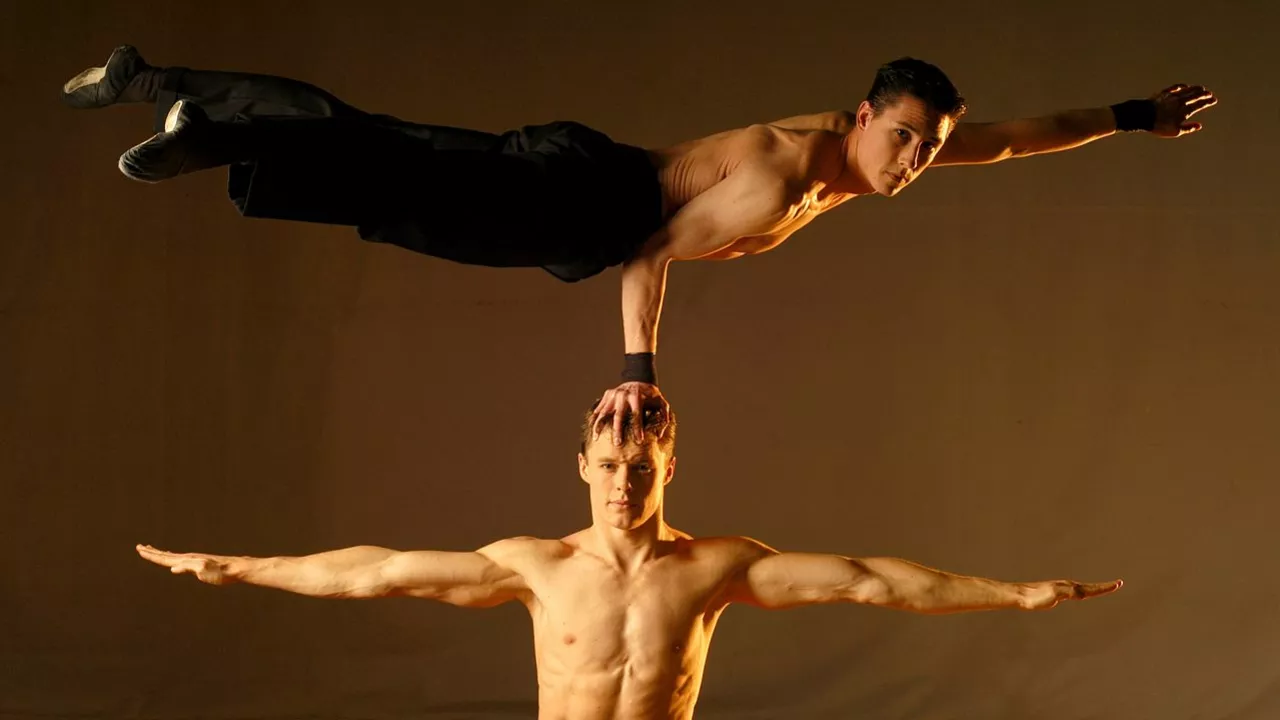Physical Characteristics Every Acrobat Should Master
If you want to swing, tumble or fly on stage, the right physical traits are non‑negotiable. It’s not about being the biggest or the smallest – it’s about how your body moves, holds and recovers. Below we break down the core qualities that separate a good performer from a great one, and give you practical steps to improve each.
Core Traits Every Acrobat Needs
Flexibility is the foundation. A supple spine, loose hamstrings, and mobile shoulders let you hit high kicks, deep splits and graceful extensions without strain. Stretch after every training session, hold each stretch for at least 30 seconds, and focus on slow, controlled breathing to signal your muscles to relax.
Strength isn’t just about bulking up. It’s about functional power – strong cores, solid legs and resilient forearms. Body‑weight exercises like planks, hollow holds and pull‑ups build the endurance you need for hand‑stands, lifts and aerial tricks. Aim for three sets of each move, keeping perfect form over heavy reps.
Balance ties flexibility and strength together. Your ability to stay steady on a beam, a rope or a rolling mat determines how clean your lines look. Practice single‑leg stands, wobble‑board drills, and simple yoga poses like tree or warrior III. The goal is to feel the shift of weight and correct it instinctively.
Body Awareness helps you control motion in mid‑air. It’s the sense that tells you where every limb is without looking. Drills like slow, mirrored movements with a partner or video reviews of your jumps sharpen this internal map. The more you notice tiny adjustments, the smoother your routines become.
Endurance lets you repeat demanding combos without wobbling. Interval training – short bursts of high‑intensity work followed by brief rest – mimics the rhythm of a show. Mix cardio (jump rope, sprint intervals) with skill work (multiple back‑flips, repeated catches) to build stamina that lasts through an entire set.
How to Develop Your Physical Profile
Start with a quick self‑check. Which of the five traits feels weakest? Focus your weekly plan on that area while maintaining the others. For example, if flexibility is lacking, add a dedicated 15‑minute stretch routine before every warm‑up.
Track progress. Keep a simple log: note the depth of your splits, the time you can hold a plank, the distance you can balance on a low beam. Seeing numbers improve over weeks fuels motivation and shows where to tweak the training load.
Don’t ignore recovery. Muscles need time to rebuild, especially after intense flexibility sessions. Use foam rolling, gentle mobility work, and at least one full rest day per week to avoid overuse injuries.
Mix up your training environment. Practice on a mat one day, on a low rig the next, and on a soft carpet for balance drills. Different surfaces challenge your body in new ways and prevent plateaus.
Finally, remember that physical characteristics are personal. What works for a petite contortionist might differ for a taller aerialist. Tailor your routine to your body shape, listen to feedback from coaches, and stay consistent. With dedicated work on flexibility, strength, balance, awareness and endurance, you’ll notice smoother transitions, higher jumps, and a stronger stage presence.

Are acrobats tall?
In exploring the topic of acrobat heights, I've found that there's no one-size-fits-all answer. Acrobats come in all shapes and sizes, and their height doesn't necessarily determine their abilities. Many successful acrobats are not particularly tall, as agility, strength, and balance often hold more importance in their craft. However, being tall can be advantageous in certain acrobatic disciplines. So, while height might be a factor, it's certainly not a prerequisite in the world of acrobatics.
Read More